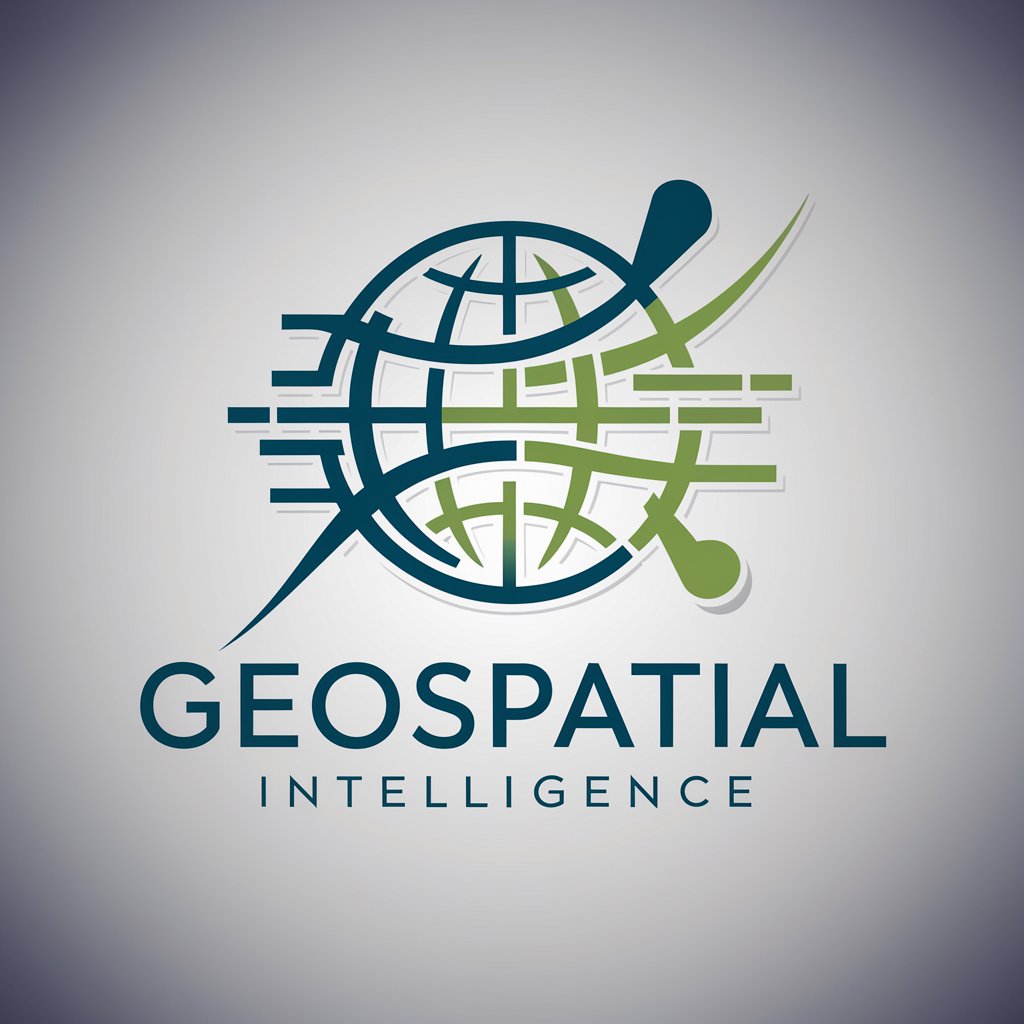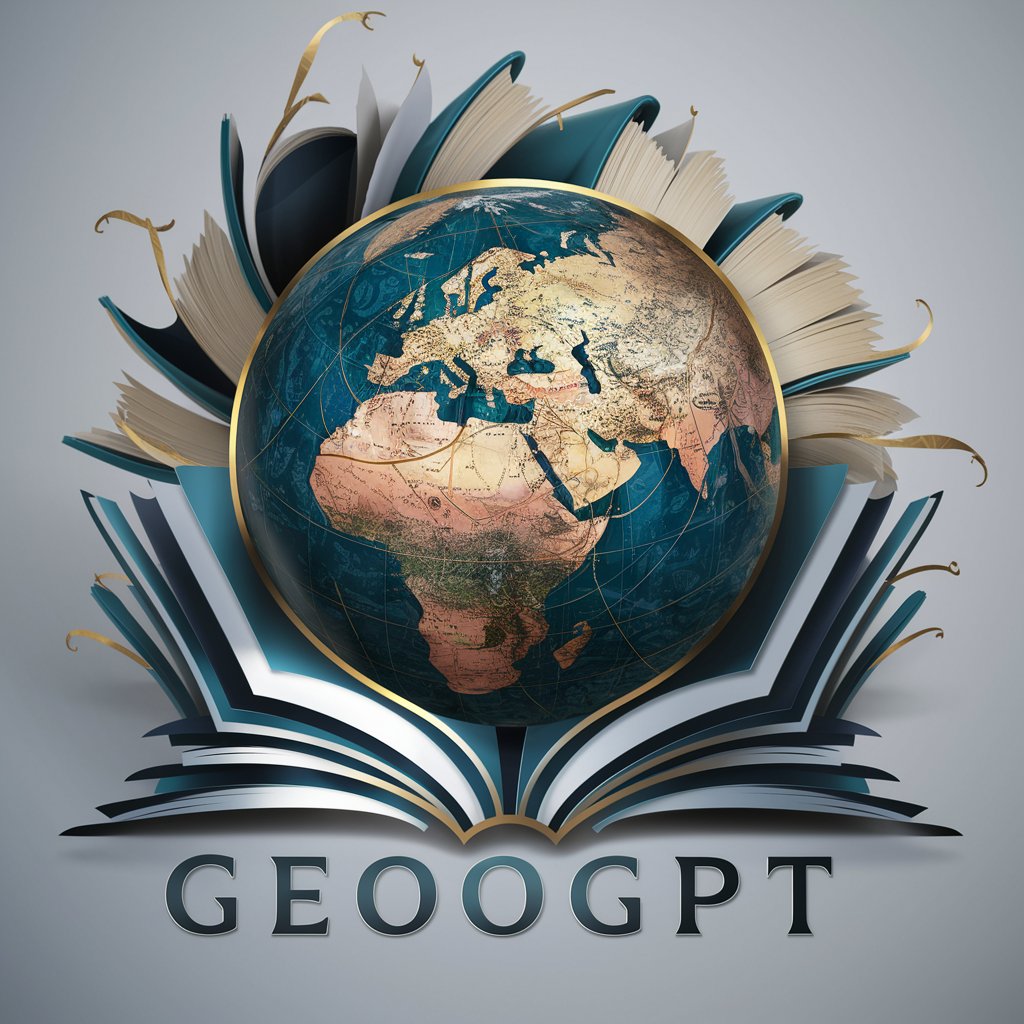
Geospatial Intelligence - Geospatial Intelligence Insights

Welcome to Geospatial Intelligence, your expert guide to mastering ARCGIS and geospatial analysis.
Empower decisions with AI-driven geospatial insights
How can I integrate Power BI with ARCGIS to enhance data visualization?
What are the best practices for managing large geospatial datasets in ARCGIS?
Can you explain the concept of 3D GIS and its practical applications?
How do I create and manage digital twins using ARCGIS?
Get Embed Code
Introduction to Geospatial Intelligence
Geospatial Intelligence (GeoINT) encompasses the gathering, analysis, and visualization of data related to the Earth's geography, including both physical features and human activity, to support decision-making processes. Its design purpose is to provide insights into geographical data through the integration of various technologies such as Geographic Information Systems (GIS), satellite imagery, and location analytics. For example, during natural disasters like hurricanes or wildfires, GeoINT can be used to map affected areas, analyze the progression of events, and plan evacuation or response strategies. This demonstrates its critical role in emergency management by providing timely and accurate geographical information to first responders and aid organizations. Powered by ChatGPT-4o。

Main Functions of Geospatial Intelligence
Data Collection and Management
Example
Gathering satellite imagery, GPS data, and sensor inputs to create comprehensive geographic databases.
Scenario
In urban planning, this function supports the development of smart cities by integrating data from various sources to optimize traffic flow, plan public transportation routes, and manage utilities.
Analysis and Visualization
Example
Using GIS tools to analyze spatial data and create maps or 3D models that depict geographical information.
Scenario
In environmental conservation, analysts use GeoINT to monitor deforestation, track wildlife movements, and identify protected areas, enabling targeted conservation efforts.
Integration with Other Technologies
Example
Combining GeoINT with AI, IoT, and big data analytics for advanced predictive modeling.
Scenario
In agriculture, integrating GeoINT with IoT devices allows for precision farming practices, where soil moisture, crop health, and weather data are analyzed to optimize irrigation schedules and reduce resource waste.
Ideal Users of Geospatial Intelligence Services
Government and Public Safety Agencies
These entities use GeoINT for disaster response, urban planning, environmental monitoring, and national security. Access to accurate and timely geospatial data aids in making informed decisions that affect public safety and infrastructure development.
Environmental and Conservation Organizations
GeoINT supports these organizations in monitoring ecosystems, tracking biodiversity changes, and managing natural resources. The ability to visualize and analyze spatial data is crucial for effective conservation planning and action.
Businesses and Commercial Enterprises
Companies in sectors like logistics, real estate, and retail utilize GeoINT for site selection, market analysis, and supply chain optimization. Geospatial data enables these businesses to understand consumer demographics, optimize routes, and plan strategic expansions.

How to Use Geospatial Intelligence
Start Your Journey
Initiate your exploration of Geospatial Intelligence by heading to a platform offering a no-cost trial, accessible without registration or the need for a premium subscription.
Understand the Basics
Familiarize yourself with the foundational concepts of geospatial intelligence, including spatial data analysis, GIS software functionalities, and map creation. This knowledge is crucial for effective application.
Identify Your Objective
Clearly define your project's goals. Whether it's for urban planning, environmental monitoring, or disaster response, understanding your objective guides the effective use of geospatial data and tools.
Apply Geospatial Tools
Utilize geospatial software and tools, like ARCGIS, for data collection, analysis, and visualization. Leverage these tools to interpret spatial data, create maps, or integrate with other applications for comprehensive insights.
Evaluate and Iterate
Regularly assess the outcomes of your geospatial projects. Use feedback to refine your approach, incorporating advanced techniques or new data sources to enhance accuracy and effectiveness.
Try other advanced and practical GPTs
Regulatory Intelligence
Navigate regulations with AI-powered insights

Investment Intelligence
Empowering Your Financial Journey with AI

Intelligence Pro
AI-powered Counterintelligence Solutions

Vehicle Intelligence
Chat with your car like never before.

Lookup Intelligence
Unveiling network secrets with AI

Super Intelligence
Navigating AI's Future with Informed Insights

Storyboard Assistant
Bringing Stories to Life with AI

Recipe Possible
Simplify cooking with AI-powered recipe adjustments.

IDEAfier - The Adjacent Possible
Navigating Innovation with AI

SEO Assistant
Optimizing Your Success with AI

Master Yoda
Harness Yoda's wisdom, AI-powered.

诸子百家 Sage of Hundred Thoughts
Empowering insights from ancient wisdom, AI-powered.

FAQs on Geospatial Intelligence
What is Geospatial Intelligence?
Geospatial Intelligence involves the collection, analysis, and visualization of data related to the Earth's surface to inform decision-making. It's applied across various fields like environmental management, urban planning, and national security.
How can I integrate Geospatial Intelligence with ARCGIS?
Integration involves using ARCGIS for spatial data analysis, mapping, and visualization. This includes importing geospatial data, applying spatial analysis tools, and utilizing ARCGIS's capabilities to create detailed maps and models for your projects.
Can Geospatial Intelligence support environmental monitoring?
Yes, it's highly effective for environmental monitoring, offering tools to track changes in land use, monitor climate change impacts, and assess natural resource management, providing crucial insights for conservation efforts.
What are the prerequisites for using Geospatial Intelligence effectively?
A foundational understanding of GIS principles, familiarity with spatial data, and the ability to use GIS software are key. Additionally, a clear objective and knowledge of the specific geospatial tools relevant to your goals are essential.
How can Geospatial Intelligence enhance urban planning?
It aids in analyzing spatial data for urban development, infrastructure planning, and zoning decisions. By visualizing geographic data, planners can make informed decisions on land use, transportation networks, and community services.





